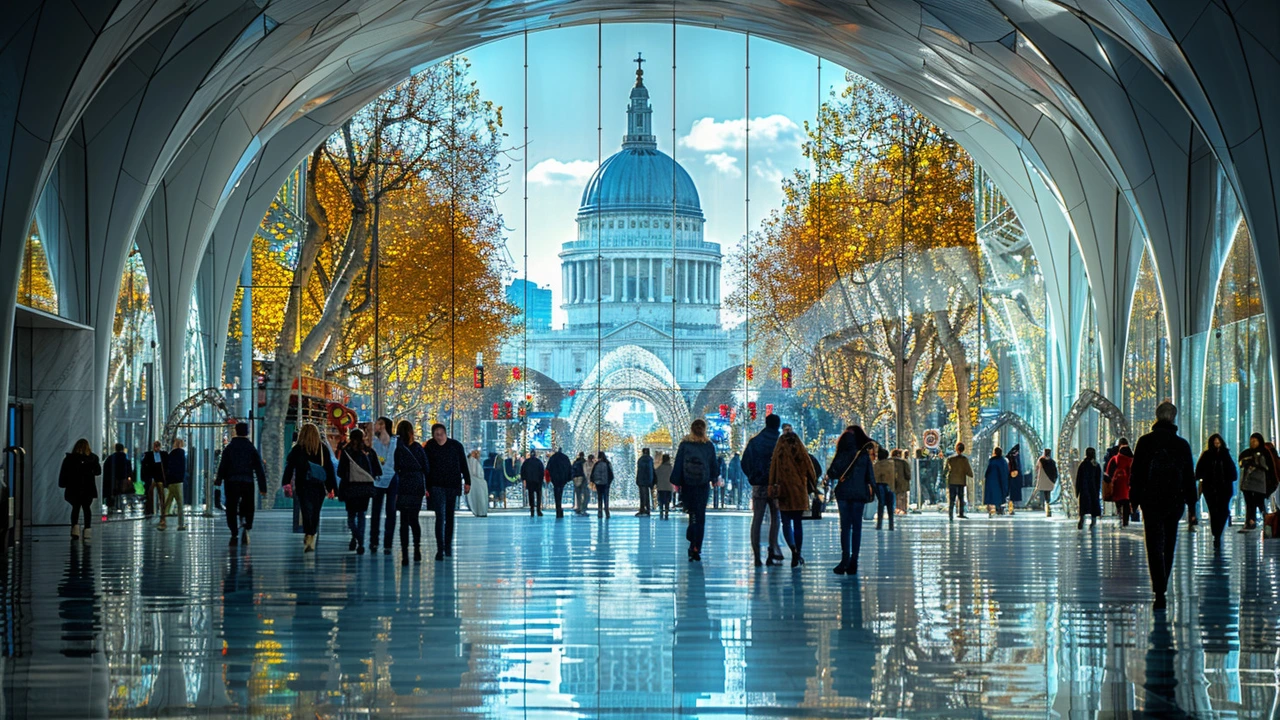Art and Science: How Creativity Meets Research
Art and science used to look like opposite teams, but today they share tools, goals, and even studios. Want proof? Photorealism depends on optics and light; installation artists use sensors and code to make pieces react to people. That mix changes how art feels and how science communicates.
Take photorealism: artists study camera lenses, reflectance, and color to copy reality. They use reference photos, grid systems, layers of glaze, and sometimes 3D scans to match light and texture. That’s engineering of craft—small choices about angle, shadow, and surface make a painting look like a photo.
On the other side, scientists borrow art to talk to people. Data visualizations borrow composition and color rules to make complex facts easy to read. A well-designed chart or an immersive installation helps viewers feel the data, not just read it.
Design, tech, and city life
Design movements like Bauhaus and De Stijl taught designers to mix art with practical needs. That lesson shows up in buildings, furniture, and interfaces. When designers use grids and simple forms, users find products easier and more pleasant to use. Cities feel that influence too: land art and public installations shape parks, plazas, and walking routes. Think of repurposed industrial sites and sculpted greenways that invite people to move differently through a city.
Futurism and smart-city ideas bring sensors, AI, and gaming tech into urban design. Street lighting that adapts to crowd flow, AR murals that tell stories when you point your phone, and playful sound installations all rely on engineers and artists working together. Those projects make places safer, more fun, and more human.
Practical tips for makers
If you want to work where art meets science, start small. Learn basic coding (Python or JavaScript), experiment with a Raspberry Pi or Arduino to control lights and sensors, and try projection mapping on a thrift-store object. Use photogrammetry apps on your phone to capture shapes for 3D printing or reference. Test early: a prototype that reacts to one person gives clearer feedback than a theory-heavy plan.
Collaboration matters. Find a local maker space, reach out to a university lab, or pair up with a coder on a short project. Share mockups and get real-world feedback—audiences spot confusion faster than you expect. Keep learning: read case studies, visit installation shows, and study movements like Bauhaus, Fluxus, and land art to see how artists solved similar problems.
Art and science together create pieces that teach, move, and solve real problems. If you want to try, pick one small technical skill, one clear artistic goal, and build something you can show in a week. You’ll learn faster by making than by planning forever.
Want specific projects? Try recreating a small photorealism study, map data into a simple interactive graphic, or build a AR mural using free tools. Check case studies and follow tutorials that combine craft and code. Small, repeatable projects build confidence and give you work to show when you contact collaborators or galleries.


